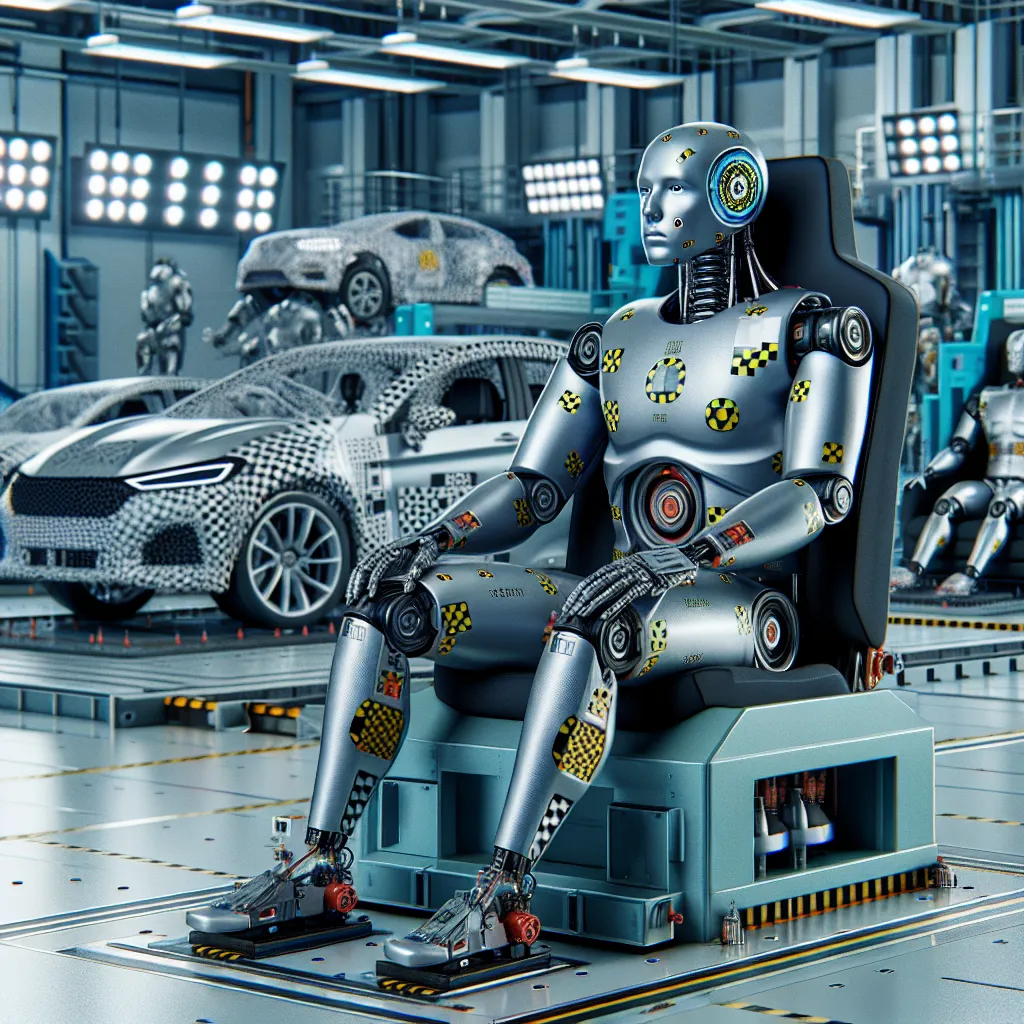Crash test dummies have been quietly saving lives for decades. They’ve taken every crash, every smash, and every collision to advance car safety, evolving from simple stand-ins to sophisticated tools of engineering brilliance.
These dummies, scientifically named anthropomorphic test devices, are no mere dolls. They’re intricate measuring instruments that record thousands of data points in split seconds. They show us the brutal truth behind car crashes and ultimately drive innovations that save lives.
In a dramatic test in 2009, two cars - a 1959 Bel Air and a 2009 Malibu - showcased the radical advances in car safety. The Bel Air, lacking modern safety features, crumpled like paper, while the Malibu demonstrated high-strength steel compartments, crumple zones, seat belts, and airbags working in unison to protect its dummy occupant. It was a vivid demonstration of how far safety designs have come, guided by the sacrifices of these crash test dummies.
Crash test dummies started gaining prominence from the early days of aerospace, where Colonel John Stapp, known as the “fastest man on Earth,” tested the limits of human endurance at up to 46.2 Gs. From these extreme tests, data began shaping how we understand the human body’s response to impacts, translating eventually to car safety.
In car testing, the first dummies like Sierra Sam, built in 1949 for testing ejections, had limited use due to their crude construction. They lacked the biofidelity needed to mimic human responses accurately in crashes. Thus, the need for better designs was clear, and over the years, more refined dummies like the VIP and Hybrid models emerged, culminating in today’s highly sophisticated Hybrid 3.
With articulated joints and realistic structures, the Hybrid 3 dummies are crucial in car crash testing. Their designs ensure repeatability and reproducibility, essential for consistent and accurate crash test data. These dummies face countless crashes, collecting vital data that inform safer car designs.
Interestingly, the safety family expanded to accommodate different sizes and ages, with newer hybrid models representing women, children, and even babies. This diversity ensures that safety designs protect everyone, from the smallest child to the largest adult. Even pets are considered with the creation of crash test dogs, emphasizing the all-encompassing approach to safety.
Side impacts pose a specific challenge due to limited crumple zones. The introduction of specialized dummies and side airbags has significantly reduced fatal head injuries. These advancements highlight how targeted engineering can mitigate specific crash scenarios.
Despite the complexity and severity of injuries, crash test dummies continue to evolve, feeling more human-like with each generation. Thumping forward is the advancement with the THOR dummy, representing the cutting-edge design to measure and minimize injuries comprehensively.
While digital and virtual testing is becoming robust, there’s still no full substitute for the crash test dummy. These silent heroes will likely continue to stand on the front lines of car safety for the foreseeable future. All of us might owe our lives to them, an impressive testament to their invaluable contribution.






